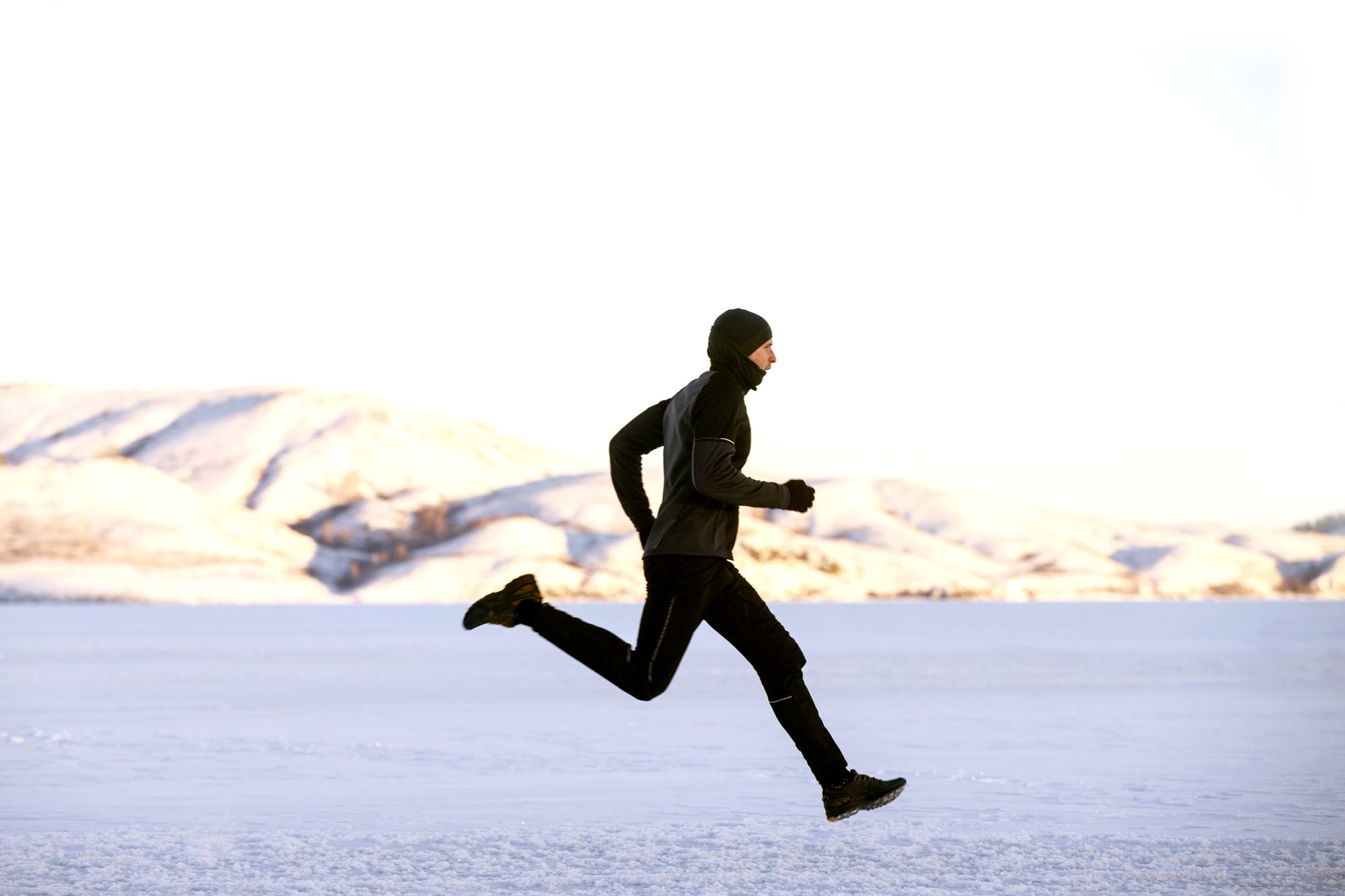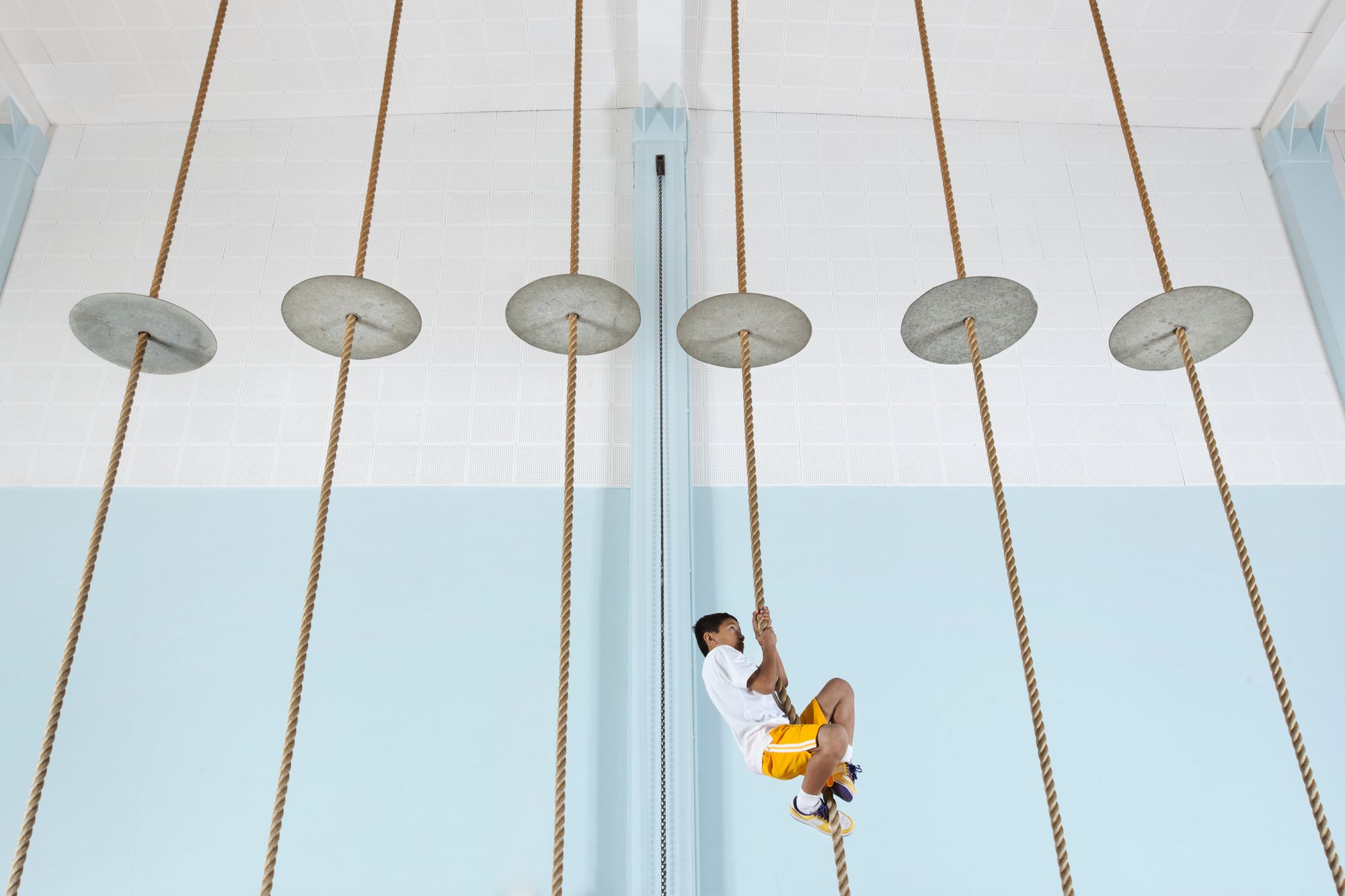Cooldown Exercises: Must-Do or a Complete Waste of Time?
We all have a limited time available to workout—so, do you really need to dedicate an additional 15 minutes to cooldown exercises? Answers here.

You should never skip warmup before your workouts. It improves your range of motion—potentially giving you stronger lifts and a lower risk of sustaining injuries (read more about the importance of warmups here). It’s a win-win situation.
But what about its counterpart: the cooldown routine? The way we see it, you have 2 choices after running through everything on your training plan for the day:
- Immediately leave the gym OR
- Block out additional time (~10 to 15 minutes) on your schedule for cooldown exercises
If you have a never-ending list of to-dos, the first option will seem extremely tempting; almost like that third serving of glazed donuts—so hot, crisp, and fluffy, ugh—you know you shouldn’t have (but the heart wants what it wants, as Selena Gomez says).
So. First or second? GTFO of the gym or cooldown? Let’s see.
The answer is … it depends
“On what?!” Well, it depends on the type of training you were doing.
Strength training? You don’t need cooldown exercises
In most cases, if all you did was weight training, then cooldown exercises are 100% unnecessary.
No, really. If that goes against everything you’ve ever been told, and you’re having a hard time processing the information, maybe this 2018 review published in Sports Medicine will help.
❌ Muscle soreness
❌ Recovery of indirect markers of muscle damage
❌ Neuromuscular contractile properties
❌ Musculotendinous stiffness
❌ Range of motion
❌ Systemic hormonal concentrations
❌ Measures of psychological recovery
In other words? It’s pretty much pointless for you to do cooldown exercises after your weight training sessions.
But wait—what about stretching (think: cobra pose or the World’s Greatest Stretch)?
That’s also unnecessary, as 2 recent meta-analyses published in Frontiers in Physiology will tell you:
- 2018 meta-analysis: Researchers looked at different post-exercise recovery techniques and found that post-workout stretching failed to exert beneficial effects on delayed-onset muscle soreness (DOMS).
- 2021 meta-analysis: Researchers concluded that insufficient data supports recommending post-exercise stretching for recovery.
Intense workouts? Then yes, do cooldown exercises
The picture changes when we talk about intense, heart-rate-raising workouts like HIIT, extended steady-state cardio, or Tabata circuits. While there's no set rule as to what distinguishes an “intense workout” from a “non-intense workout”, there are 2 indicators you could use:
🗣️ Talk test: Don’t have access to a heart rate monitor? No problem. In general, if you’re doing high-intensity workouts, you will not be able to say more than a few words without pausing for breath.
Um, but why the change in tone in the first place? Why are cooldown exercises "pointless" after strength training, then suddenly seemingly indispensable post-high-intensity workouts?
There are 2 primary reasons:
- It controls your post-workout blood flow: Exercise—high-intensity ones, especially—helps get your blood flowing, so abruptly stopping may cause a rapid and drastic drop in your blood pressure. This, in turn, could make you feel light-headed. Blood may also pool in your lower extremities, increasing your risk of fainting.
- It safely slows down your heart rate: Think back to the last time you abruptly ended a sprint. Did you feel like your heart would pound out of your chest? Yep, as you can imagine, dropping the heart rate suddenly (by skipping the cooldown exercises) can stress your heart. In fact, research shows that taking the time to bring down your heart rate slowly can improve your heart health over time.
Examples of cooldown exercises you could do
Great. We now understand the importance of doing cooldown exercises after high-intensity workouts. Only, this begs the question: exactly what should you be doing?
Well, the easiest thing you could do is simply transition to a less intense version of whatever you were doing in your training.
If you were outright sprinting, for example, slow it down to a jog, then a brisk walk before ending your workout. And if you were doing something like box jumps, switch it up to single-legged step-ups, etc.
That said, you don't have to strictly confine yourself only to the activities you were doing during your workout. Since your goal is gradually lowering your heart rate, you could also go for things like the elliptical, rowing machine, or assault bike.
Oh, and while we’ve previously differentiated between “cooldown exercises” and “cooldown stretches”, the truth is that they can be the same thing.
So, feel free to incorporate the following into your cooldown routine (it’s a non-exhaustive list):
- Standing quad stretch
- Lunging calf stretch
- Child’s pose
- Seated pigeon
Wait. So, what should you do after a strength session?
No, because here’s the question: do you just put your dumbbells back on the rack … and leave? Answer: yes!
Or, if you have time to spare, instead of spending an additional 10 to 15 minutes in the gym doing a cooldown routine that won’t alleviate your post-workout muscle soreness or speed up your recovery, why not spend it training often neglected (but no less important) muscle groups like your core and calves?
And if you’d indeed like to improve your recovery time and/or alleviate post-workout muscle soreness, check out the following articles for things that’ll truly help:


As for injury prevention? Read this article:

Here’s the thing, though. Beyond simply being extra diligent about mobility work and cautious about maintaining proper form, you'll also need a well-thought-out workout routine that develops your physique in a balanced way and gives you adequate rest between training sessions.
Don’t know how you’d get your hands on one? Great news: GymStreak can help.
This Way To Well-Structured Workout Routines.
Bye, excessive muscle soreness. Bye, high injury risk. Hello, progress—that you can see and feel. Made possible with GymStreak.
References
Afonso, J., Clemente, F. M., Nakamura, F. Y., Morouço, P., Sarmento, H., Inman, R. A., & Ramirez-Campillo, R. (2021). The Effectiveness of Post-exercise Stretching in Short-Term and Delayed Recovery of Strength, Range of Motion and Delayed Onset Muscle Soreness: A Systematic Review and Meta-Analysis of Randomized Controlled Trials. Frontiers in Physiology, 12, 677581. https://doi.org/10.3389/fphys.2021.677581
Can you sing while you work out? (n.d.). Mayo Clinic. Retrieved June 20, 2022, from https://www.mayoclinic.org/healthy-lifestyle/fitness/in-depth/exercise-intensity/art-20046887
Dimkpa, U. (2009). Post-exercise heart rate recovery: An index of cardiovascular fitness. Journal of Exercise Physiology Online, 12, 10–22.
Dupuy, O., Douzi, W., Theurot, D., Bosquet, L., & Dugué, B. (2018). An Evidence-Based Approach for Choosing Post-exercise Recovery Techniques to Reduce Markers of Muscle Damage, Soreness, Fatigue, and Inflammation: A Systematic Review With Meta-Analysis. Frontiers in Physiology, 9, 403. https://doi.org/10.3389/fphys.2018.00403
Takahashi, T., Okada, A., Hayano, J., & Tamura, T. (2002). Influence of cool-down exercise on autonomic control of heart rate during recovery from dynamic exercise. Frontiers of Medical and Biological Engineering: The International Journal of the Japan Society of Medical Electronics and Biological Engineering, 11(4), 249–259. https://doi.org/10.1163/156855701321138914
Understanding Your Maximum Heart Rate. (n.d.). Verywell Fit. Retrieved June 20, 2022, from https://www.verywellfit.com/maximum-heart-rate-1231221
Van Hooren, B., & Peake, J. M. (2018). Do We Need a Cool-Down After Exercise? A Narrative Review of the Psychophysiological Effects and the Effects on Performance, Injuries and the Long-Term Adaptive Response. Sports Medicine (Auckland, N.Z.), 48(7), 1575–1595. https://doi.org/10.1007/s40279-018-0916-2


